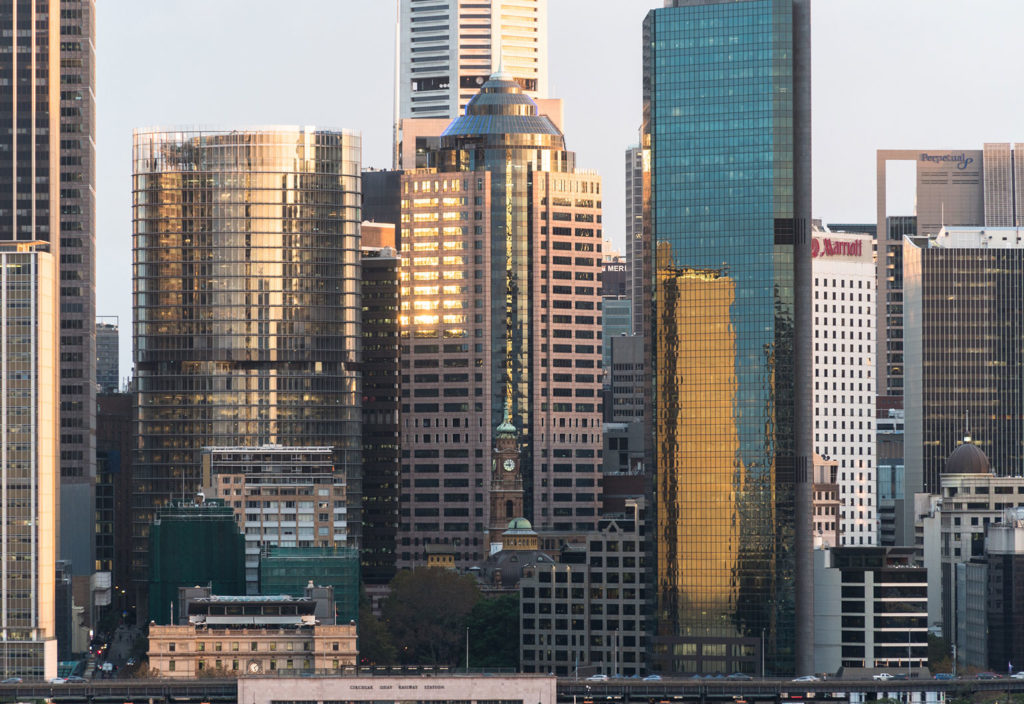As the uncertain risks of combustible cladding threaten the future of the national construction industry, engineers need to be part of any industry reform conversations.
In a Building Ministers Forum meeting last Thursday, ministers from around the country reiterated their February commitment to develop a joint response to the recommendations of the Shergold and Weir Building Confidence report, which identified “significant and concerning” problems with national building and compliance systems.
Engineers Australia National Manager of Public Affairs Jonathan Russell said the decision to coordinate the efforts of individual states and territories was “very welcome”.
“I think it’s government recognition that efforts over the past 18 months haven’t met community expectations,” he told create.
Russell added that a coordinated approach adds credence to a nationally consistent mandatory registration scheme for engineers – one of the Shergold and Weir recommendations – although each state will have to set up its own register.
Ministers also agreed to work towards a coordinated approach to professional indemnity insurance, with an options paper to be released for “targeted consultation” with the insurance and building industries, and outcomes reported in September.
Dr Jonathan Barnett, Chair of the Engineers Australia Society of Fire Safety, told create ministers were acting to keep the looming professional indemnity insurance crisis in check.
“They’ve been told that the insurance industry wants a national approach, so that there’s some confidence that there’s a homogeneous market and not a split market in Australia,” he said.
A big challenge
Barnett said that devising a national response is a huge task, as building regulations are different in every state. For example, building surveyors in Western Australia are permitted to do design work, while those in Victoria are not.
He added that the recent Victorian announcement of a $600 million commitment to make 500 of the state’s highest risk buildings safe had “shaken things up”, but there is still a lot of work to do.
“There are many details that still need to be thought through so that things are done fairly and properly,” Barnett explained.
He added that finding a nationally coordinated solution was “unchartered territory” and it would take some time for ministers to work out the details.
“We shouldn’t be pushing them for details right now, because that may lead to mistakes. They’ll need time to get this together,” Barnett said.
Engineering “smarts” can keep costs down
Russell said that feedback from Engineers Australia members indicated that Victoria’s $600 million budget for combustible cladding remediation could blow out, especially if the material is removed and replaced with another product.
“We already know from fire engineers that combustible cladding can be used safely if it is part of a broader system that has been properly engineered,” he explained.
Russell added that the key to keeping the cost of remediation as low as possible is to use qualified engineers to properly assess the specific risk of each building and develop a specific solution.
For example, Barnett has been researching alternative methods (such as fire breaks and non-combustible material acting as barriers on balconies) that could be more cost effective than complete removal of cladding while still making the building safe.
“We need to be smart, and use science and engineering to develop cost-effective solutions,” he said.
Barnett added that engineers need to take a lead role in the remediation effort, as it involves technical issues that are beyond the expertise of policy makers.
“You need engineers to solve technical problems and you need the policy makers to empower engineers to do it,” he added.
Overall, Barnett was optimistic that a solution to the cladding insurance crisis was in sight if efforts are coordinated nationally between government and industry.
“Sometimes it takes a crisis to get government and others to work together,” he said.
Remediation vs reform
While the professional indemnity crisis over combustible cladding has spurred action on building safety, Russell pointed out the difference between remediating existing issues and ongoing regulatory reform.
“Reform is making a system better, rectification is correcting the mistakes of the past. So those are two different projects, but they aren’t mutually exclusive,” he explained.
Russell added that existing problems should be fixed, but not at the cost of halting the long-term reform process.
“Because otherwise you’re just going to continue making mistakes which will need to be rectified at a later date,” he said.
